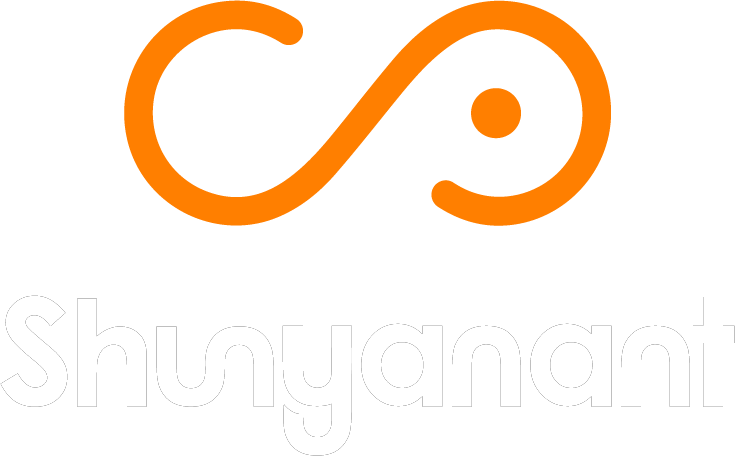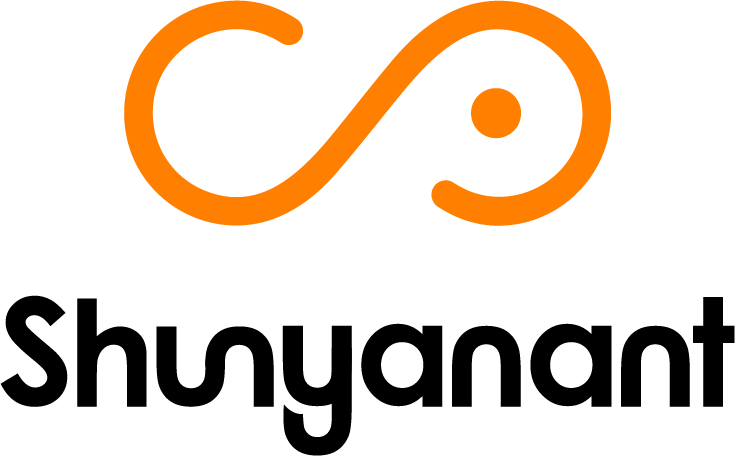Is Rise in AI Adoption a Threat to Traditional Video Production?
Can creativity be automated or are we at risk of losing human touch in video production?
As artificial intelligence (AI) continues to sweep across industries, the video production industry is also experiencing a profound transformation. Brands are under constant pressure to create more content, at faster turnaround times, and with tighter budgets. Naturally, AI tools have stepped in, offering unprecedented speed, cost-efficiency, and scale. From text-to-video platforms to synthetic voiceovers and automated editing, the tools are advancing, and adoption is surging.
But while the benefits are undeniable, the question remains: at what cost? Can algorithms truly capture emotion, nuance, and cultural context the way a human-led production team can? Are we headed towards a future where creative professionals are replaced by machines, or is there a more balanced path forward?
Table of Contents
- 5 Key Stats That Reveal the Rise of AI in Video Production
- What AI Brings to the Table?
- The Human Touch: What AI Still Can’t Do?
- Is Traditional Video Production Really in Danger?
- Finding the Balance: AI + Human Creativity
- Conclusion: A New Era of Collaboration in Video Production
- Frequently Asked Questions (FAQs) related to AI in Video Production
In this blog, we explore five compelling stats that highlight just how fast AI is being adopted in the content and marketing world. These numbers paint a clear picture: brands are embracing AI not as a futuristic experiment, but as a present-day solution.
5 Key Stats That Reveal the Rise of AI in Video Production
Let’s start with the numbers. These statistics tell a compelling story of rapid AI adoption and the rapidly changing face of content creation:
1. 41% of Brands Now Use AI for Video Creation
Up from just 18% in 2024, this represents a staggering 128% year-over-year increase in AI adoption. This shift is driven by the need to meet content demands at scale, especially on social platforms.
Source: Wistia’s 2025 State of Video Report
2. 69% of Fortune 500 Companies Use AI-Generated Videos
From training materials to brand storytelling, top-tier companies are leveraging AI tools to streamline production for various purposes.
For example: Brands like Unilever and IBM have publicly confirmed integrating AI into their content production workflows. Nike has also used AI in parts of its workflow (e.g. ideation and concept visuals), though not yet confirmed to the same extent.
3. 62% of Marketers Use AI Tools to Speed Up Content Creation
AI platforms like Runway, Pictory, and Synthesia have enabled marketers to cut video creation time in half or more.
Source: Zebracat AI Video Creation Statistics 2025
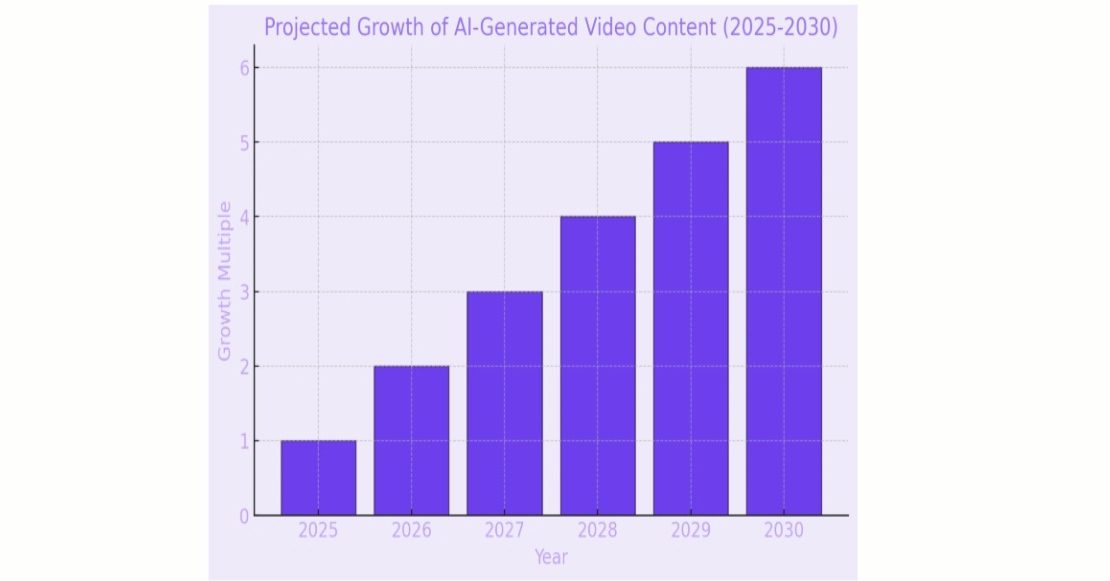
4. AI-Powered Video Tools Reduce Video Production Costs by Up to 60%
This is a game-changer for startups and mid-sized businesses. Brands are saving big while scaling content output.
According to McKinsey & Company, companies are reallocating saved budgets into distribution and paid campaigns.
5. AI-Generated Videos Account for 40% of Content on Major Platforms
This includes content on LinkedIn, Instagram, YouTube Shorts, and TikTok. Many viewers can’t even distinguish between AI-generated and human-edited content.
Source: Zebracat AI Video Creation Statistics 2025
What AI Brings to the Table?
Efficiency on large scale at speed. There’s no denying the appeal of AI in video production. Here’s why brands are leaning into it:
- Fast Turnaround: AI editing tools can generate draft videos in minutes.
- Cost-Effective: No need for expensive cameras, crews, or sets.
- Scalable: Great for brands that need variations of the same video for different markets or platforms.
- Multilingual Capabilities: Tools like Synthesia and Papercup offer real-time dubbing in multiple languages.
For corporate communication, training videos, product explainers, and even customer support content, AI offers unmatched utility.
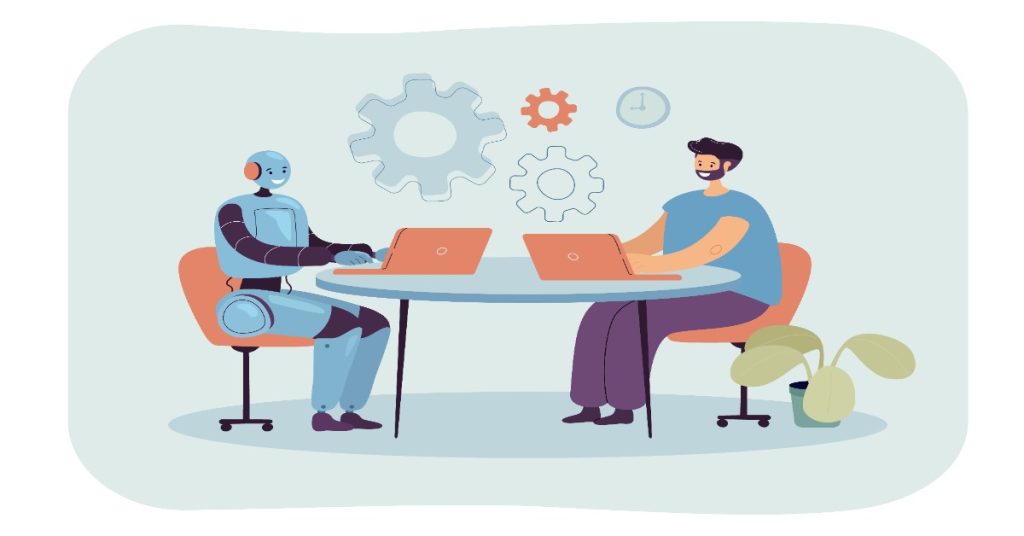
The Human Touch: What AI Still Can’t Do?
But here’s where things get real. While AI can generate content, it doesn’t create in the truest sense of the word.
Here’s what still sets traditional, human-led video production apart:
- Emotional Intelligence: AI can’t yet replicate authentic emotional nuance, facial micro expressions, or subtle tone shifts.
- Cultural Sensitivity: Humans understand subtext, irony, historical context, and cultural relevance. Whereas AI struggles with all this.
- Creative Strategy: Human directors, cinematographers, and editors bring vision, improvisation, and storytelling depth that algorithms can’t mimic.
- On-Set Dynamics: Collaboration, spontaneity, and adapting to changing conditions aren’t replicable by machines.
Think about Nike’s “You Can’t Stop Us” campaign or Apple’s “Shot on iPhone” series. These aren’t just videos; they’re crafted stories designed to move audiences. That kind of storytelling takes heart, intuition, and experience.
Is Traditional Video Production Really in Danger?
AI is transforming workflows, cutting costs & speeding up delivery. But can it truly replace the creativity, emotion & storytelling of human-led production?
The short answer? Not entirely, BUT it is evolving.
AI is undoubtedly changing the nature of how video is produced. Tasks like:
- Scriptwriting
- Voiceover generation
- Captioning
- Scene transitions
are increasingly handled by AI. But the core of cinematic storytelling- the creative concept, the emotional resonance, the human connection is still very much alive in traditional production.
Instead of a full replacement, what we’re seeing is a redistribution of roles.
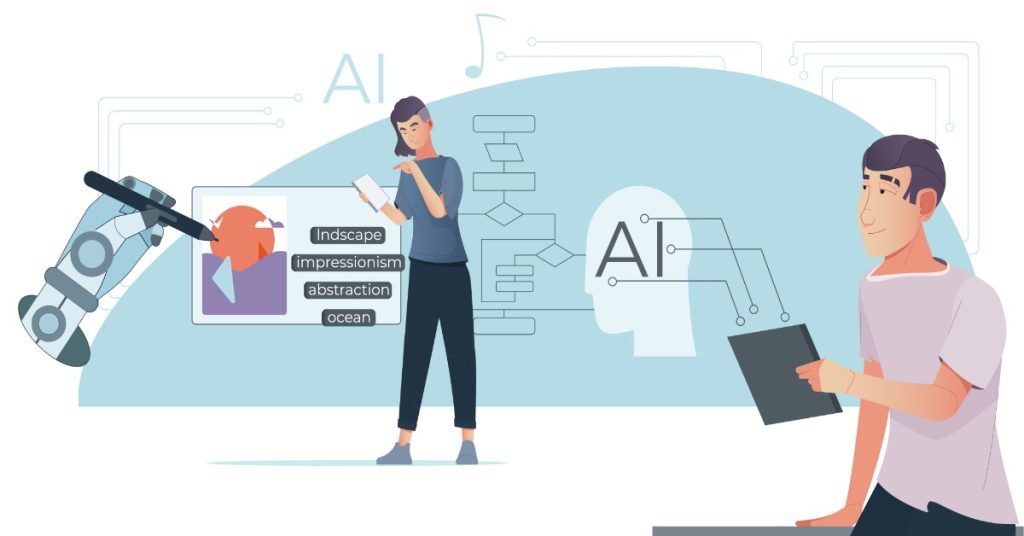
Finding the Balance: AI + Human Creativity
The future isn’t AI vs. Humans. It’s AI with Humans.
Smart brands are now leveraging a hybrid approach:
- AI for repetitive tasks: transcription, voiceovers, video resizing
- Humans for storytelling: concept development, direction, on-screen performance
- Data + Creativity: AI can help identify audience trends, while humans tailor stories around those insights
In essence, AI is only a tool, not a threat. When used correctly, it frees up time for creators to focus on high-value and creative decisions.
Conclusion: A New Era of Collaboration in Video Production
AI is revolutionizing the video production process but it’s not replacing the human touch. Instead, it’s enabling creative teams to be more agile, efficient, and experimental.
The brands that will stand out in this new era aren’t the ones that choose AI over traditional production, but the ones who know how to blend both for maximum impact.
At the end of the day, storytelling is a deeply human act. Tools will evolve, but creativity remains timeless.
Ready to Tell Your Brand Story?
If you’re looking to create impactful and professional video content that resonates with real people, we can help. Our team delivers videos that move audiences and deliver results.
Contact us today to learn how we can bring your vision to life.
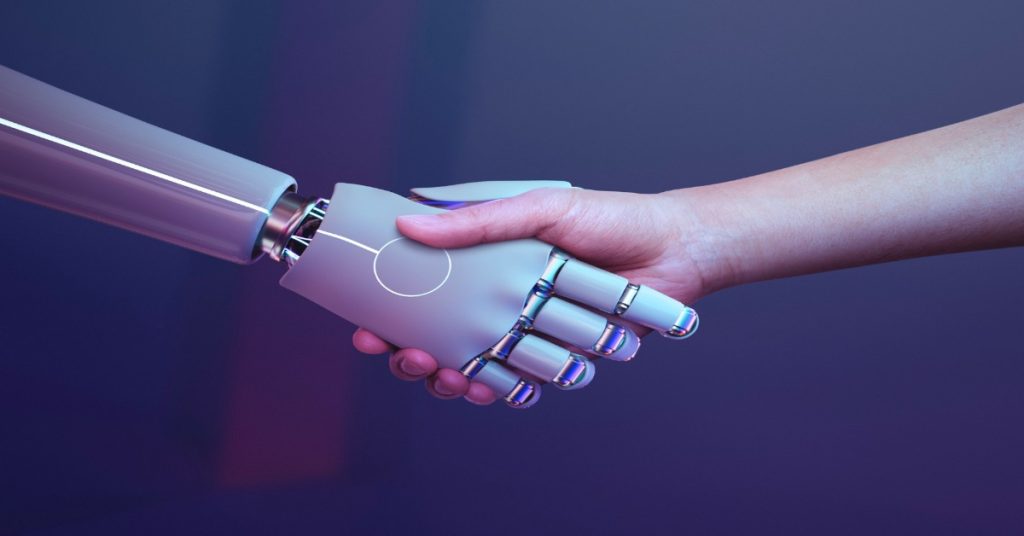
Frequently Asked Questions (FAQs) related to AI in Video Production
Q1- How is AI being used in video production?
AI is used in video production to automate tasks like scriptwriting, editing, voiceovers, and subtitles. It helps speed up workflows, reduce costs, and scale content creation, especially for marketing and corporate videos.
Q2- How is AI changing video editing?
AI simplifies video editing by automating cuts, transitions, color correction, audio clean-up and all the other time-consuming processes, enabling faster turnaround without sacrificing quality. Traditional editing often requires hours of manual trimming, color correction, and audio syncing. But AI tools now handle many of these tasks autonomously.
Read More
The Hidden Gems: AI Tools for Corporate Video Creators
Video Editing Tool: Adobe Premiere Pro & Its Latest Beta Version
Tips for Drone Videography: Aerial Storytelling for Modern Brands
Q3- How does AI make videos?
AI makes videos using machine learning models trained on vast amounts of video and audio data. These models can analyze text inputs and generate visual content that matches the script or message.
Text-to-video platforms like Pictory, Lumen5, and Synthesia allow users to input a script, and the AI selects visuals, stock footage, voiceovers, and transitions to create a complete video. Some advanced tools even generate synthetic actors and voices using generative AI.
Q4- How is AI used in videos?
AI is used in videos for both behind the scenes and on-screen. Behind the scenes, AI enhances the production process by automating tasks like editing, voiceovers, and captioning. On-screen, AI can be used to generate synthetic avatars or deepfakes, create animation from real footage, and even personalize content in real time based on viewer preferences.
